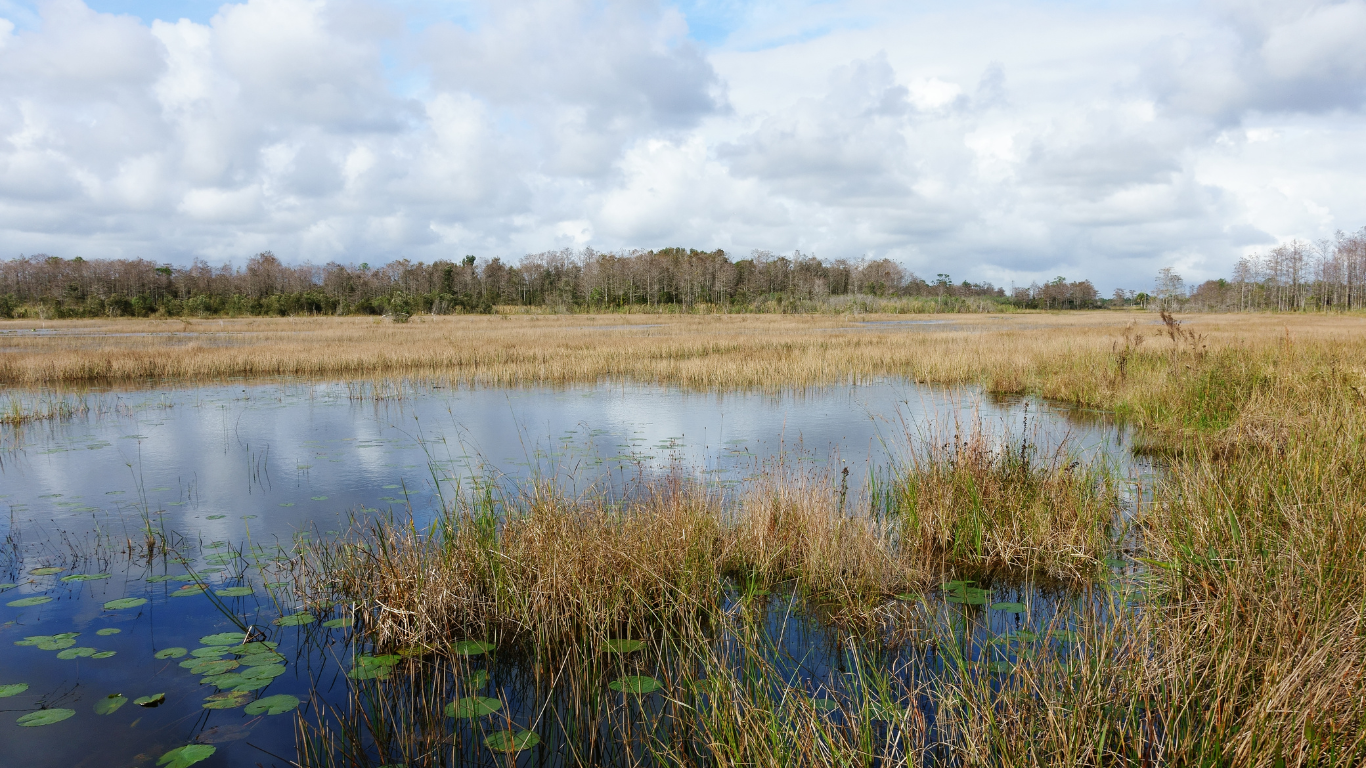Agricultural BMP Research Needs

I was asked by Karen Cappiella, the Center’s Research Director to write a blog on research needs related to agricultural BMPs. I figure she chose me because of my agrarian roots having started my career many moons ago working for one of the local Soil Conservation Districts. Also, I happen to be a team member on a project that we are doing for the Walton Family Foundation to help improve the nutrient reduction strategies in the upper mid-west. These strategies were developed in response to the call for action by the Gulf of Mexico Hypoxia Task Force. Part of our effort for the Walton Family Foundation is to identify research needs for agricultural BMPs.
Over the past several decades, agricultural technologies have advanced geometrically almost to the point where the average farmer needs to have a multidisciplinary degree in agriculture, business, chemistry, genetics, computer applications etc. to remain competitive. This modernization of agriculture has led to tremendous increases in production. The Department of Agriculture National Agricultural Statistic Service (USDA-NASS) compiles national data on corn yields which has shown a steady increase since the 1940s (Figure 1). Today, the average yield is nearly five times greater than it was 70 years ago. Most of this improvement is attributed to advances in genetics, greater use of fertilizer, more and better herbicides, improved soil tillage, and improved production practices.

Figure 1. Source: https://extension.entm.purdue.edu/pestcrop/2012/issue21/index.html
These obvious benefits are not without a cost to our waterways – primarily due to nutrient loss from production intensification. Currently, only 47% of the reactive nitrogen added globally onto cropland is converted into harvested products, compared to 68% in the early 1960s (Lassaletta et al. 2014). This is reflected in nitrogen efficiency data compiled by data collected (Figure 2) by the Statistics Division of the Food and Agricultural Organization of the Agricultural Organization of the United Nations. Further, synthetic N fertilizer input increased by a factor of nine over the same period which means that more than half the nitrogen used for crop fertilization is currently lost into the environment (Lassaletta et al. 2014). This is compounded, in the upper Midwest, by the widespread use of artificial tile drainage, which is a boon for crop production, though provides a quick pathway for nitrate movement from field to stream.
Figure 2. Source: http://www.cropscience.org.au/icsc2004/plenary/2/140_hatfield.htm
Although use of synthetic fertilizer is imprecise, the use of manure is even more so. Farmers on the Eastern Shore of Maryland have been observed applying up to 300 pounds of nitrogen per acre in manure, more than twice what they would do with store-bought liquid nitrogen fertilizer (Kobell, et al., 2015) as not all manure nitrogen is available for the crop as it is in commercial fertilizer. All manure is phosphorus-rich and putting enough on the crop to meet nitrogen requirements for a good yield, results in the over-application of phosphorus.
So… getting to the main point of this blog. What are the major research needs in agricultural BMPs to improve water quality? Our research for the Walton Family Foundation as well as my own general observations suggest the following research needs are big ones:
- Cover Crops- research to determine what, when, and how to plant and harvest across different geographies and climates to add organic nitrogen to the soil pool, maximize residual nitrogen uptake, improve soil health, promote infiltration and minimize soil erosion.
- Systems that treat or control drainage- research on the effectiveness and applicability of in-line or offline wetlands or wood chip bioreactors within the ditch network. Research on smart drainage systems that operate hydraulic structures such as weirs can be tied to weather forecasting software to time optimally regulate the flow coming through tile drains.
References:
Lassaletta,L. , Billen, G., Grizzetti, B., Anglade, J., and Garnier, J. 50 year trends in nitrogen use efficiency of world cropping systems: the relationship between yield and nitrogen input to cropland. Environ. Res. Lett. 9 (2014) 105011 (9pp)
Kobell, R., Horton, T., Simpson, T., and R.M., Summers,. 2015. The Chesapeake Bay and Agricultural Pollution: The Problem, Possible Solutions, and the Need for Verification. Abell Foundation. December 2015.
Bill Stack
Deputy Director of Programs at the Center for Watershed Protection
Bill StackAs the Deputy Director of Programs, Bill’s responsibilities include program and resource development, supervision, and marketing. With over 35 years of experience in the field, Bill is the senior resident expert on staff. Before coming to the Center, Bill worked in Baltimore City and also served as a past Center Board Member. Bill has a B.S. in Biology from St. Mary’s College of MD and a M.S. in Biology from Towson University. Bill lives in Carroll County, MD with his wife.
